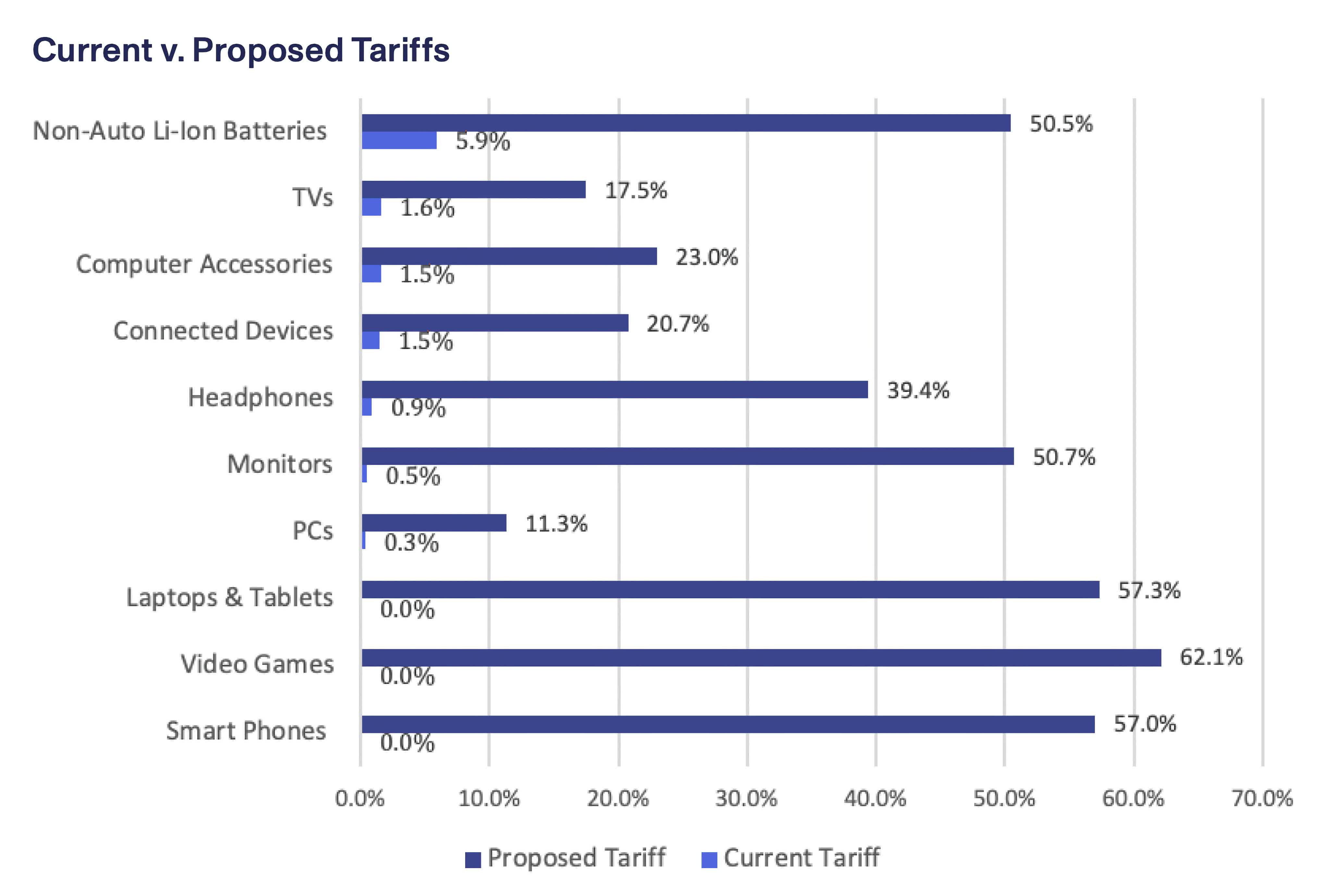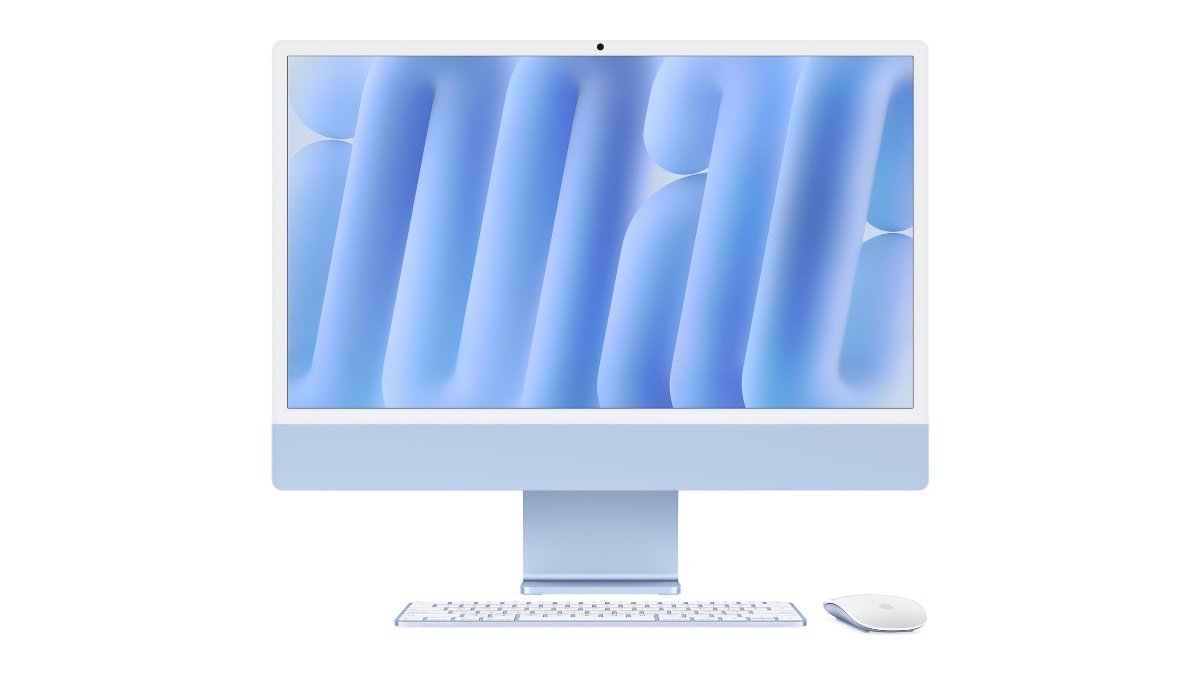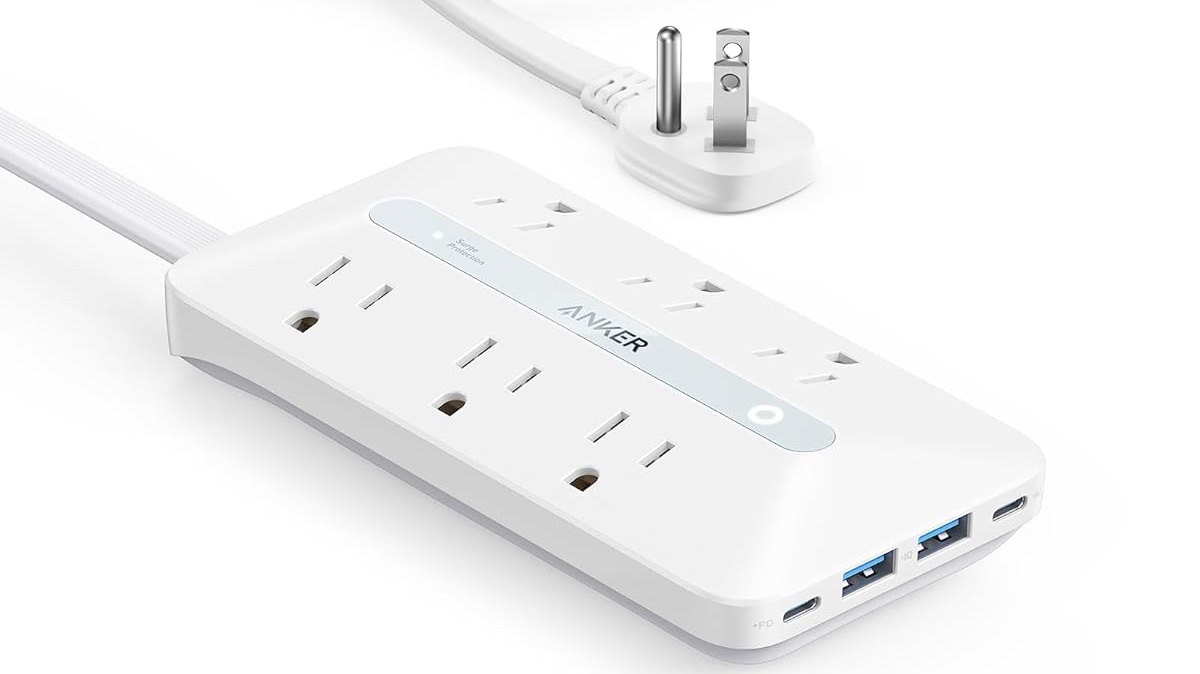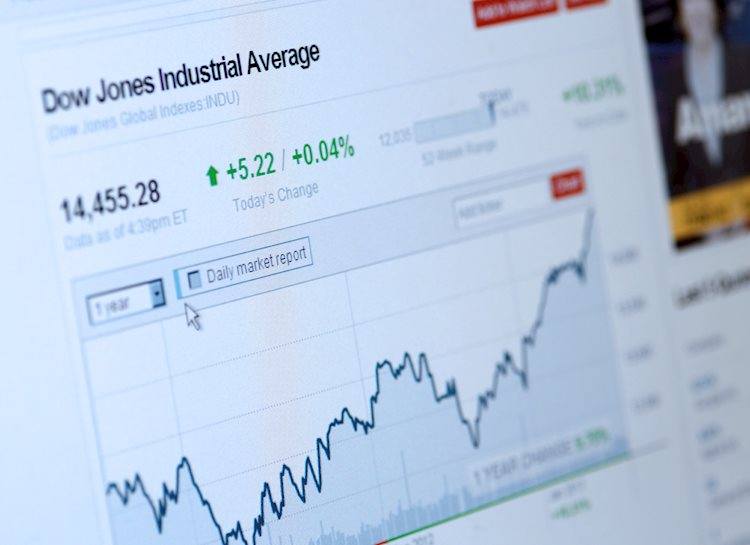Forward-looking: If you’re thinking of buying a next-generation graphics card, you might want to do it sooner rather than later. Nvidia and AMD are reportedly increasing the production and shipping rate of their upcoming GPUs so they can avoid the Trump administration’s tariffs, which could push prices up by 40%.
The rival tech giants, along with other companies who will be impacted, are rushing to get their products into the US before January 20, which is when Trump’s new tariffs are believed to come into effect.
Trump plans to impose 10% to 20% tariffs on imported goods, while imports from China will be hit with a special 60% tariff. Their aim is to bring manufacturing back to the US.
Manufacturers will certainly pass some of these new costs onto consumers in the form of higher selling prices. That means the likes of laptops, smartphones, monitors, desktop computers and TVs, most of which are primarily manufactured in China, would become more expensive.

While Nvidia and AMD use the likes of TSMC and Samsung for chip manufacturing, the assembly and packaging of their graphics cards, including cooling systems, PCBs, and other components, are often done by companies in China, such as Foxconn or BYD. AIB partners like Asus, MSI, Gigabyte, and Zotac carry out much of their assembly in China, too.
According to Ctee, GPU manufacturers have been rushing to ensure their products arrive at US warehouses before the January 20 inauguration.
Also read: Economists warn that Trump’s tariffs could cause tech prices to skyrocket
Nvidia is set to unveil the RTX 5000 series at CES in just over a week, while AMD will reveal the Radeon 9000 series. The tariffs have the potential to push selling prices of these next-gen cards up significantly. If, for example, Nvidia’s flagship RTX 5090 does come with the rumored $1,799 MSRP, a 40% selling price increase due to the new tariffs would push that figure to over $2,500.
Manufacturers are trying to stockpile goods in the US before January 20 to avoid passing the tariff increases onto customers, as a sudden jump in prices would undoubtedly impact demand. But companies won’t be able to avoid raising prices forever.

It’s not just graphics cards that could become much more expensive as a result of the tariffs. A recent Consumer Technology Association (CTA) report notes that laptops could go up by 45%. Smartphone costs are expected to rise by 25.8 percent, monitors are anticipated to see a 31.2 percent increase, and game consoles could become 40% more expensive.










Leave a Comment